I was seriously considering writing a personal essay today in celebration of Juneteenth. Some tribute to my family, and ways I feel they embody black excellence. But with a pandemic and everything under the sun causing the world to go slightly awry, I have to admit, I’m a little too riled up to exhibit that level of emotional honesty. So in the spirit of deflecting, I’ve decided to do what I do best and write some reviews! These are going to be quick, burst reviews. Fiction I would recommend (mostly through TV, movies, video games), that I consider to be excellent tales for black people to consume. Stories that represent us, that invite us, that tell our stories, even if we might not notice it at a glance. Some of these are going to be fairly overt, the must sees, and others will be a bit beneath the surface. But if you stick with me, I hope you can find some stories that resonate with you.
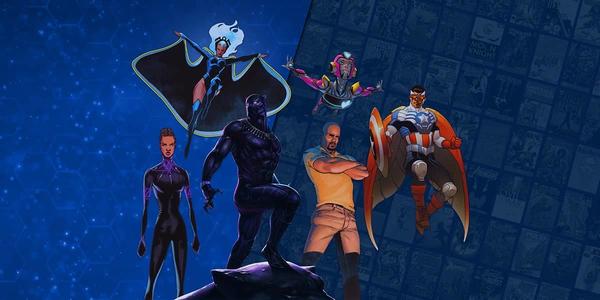
Video Games:
I’ve always had a very challenging relationship with video games. They’re the medium I love most, and yet, as a black person, seldom do I see myself represented in their stories. Until the new Spider-Man: Miles Morales launches for the PS5 later on this year, I’m not so sure that I know of many big budget titles that feature prominently black characters at the forefront. Fighting games typically fail us in major ways, with characters like Balrog and Deejay from Street Fighter serving as little more than caricatures. I mean there’s GTA or Assassin’s Creed 3, I guess? So I’m gonna put it like this. I see the indie developers out there putting more effort into making this a reality. I’ve had no shortage of kind things to say about Kitfox Games, Supergiant Games, The Game Bakers, as these studios seem to reflect values of diversity that keep black characters in games.
As for the rest of the industry, I’ll put it simply. Shame on you! Shame on you for posting your black square on social media and using the hashtag, all while refusing to tell stories about black characters. This is probably a reflection of your studio culture and environment, which I’m certain lacks black presence in your writer’s room. If you won’t do it for us, we’ll just do it ourselves, and the stories we tell will be that much better for it. But if you want our dollars, our engagement, our involvement, do better. Anyway, that’s my rant, let’s move onto some TV shows!
Television/Streaming:
Y’all know I’m all about my nerd culture, so prepare yourself. Here comes the opener:
Luke Cage:

I’m a Marvel guy, can’t let it go. I’ve loved Spider-Man since I was a kid, and had a blast watching the MCU movies, playing Marvel video games, wearing the pajamas (an embarrassing tidbit you get as a reward for reading this far in). I was always aware of Carl Lucas, but rarely spent time with the character outside of his appearance in Spider-Man: Web of Shadows. But when I found out he was getting a show on Netflix? Of course I was excited! Finally, the MCU was taking on the streets of Harlem with something more relatable than a big green monster. Mike Colter steps into the shoes of a bulletproof black man, keeping the streets of New York safe from an arms dealer masterfully adapted from the comics, with Mahershala Ali at the helm. Between you and me, he’ gives what is easily the best performance on the cast. That isn’t to say the others fall short! The acting is no joke, and while the first season definitely has some hiccups, I consider the second season to be just a beat short of perfect! I understand that Marvel has been aiming to consolidate their TV endeavors, and that’s the main reason why this show was cancelled, but I do wish we had gotten another season. In all seriousness, this is beyond just being a well told story. It’s the tale of an impenetrable man. His greatest challenge isn’t to keep himself alive, but to protect others. Luke’s greatest tool isn’t his strength, but his empathy. An empathetic, strong, unbreakable black man, keeping his streets safe. Also increasingly relevant are the conversations of police brutality in the streets of New York, which I personally believe the show handles with tact. The only downside to watching this is that The Defenders takes place between season’s 1 and 2, which…yikes.
#BlackAF:
I know this show has been pretty divisive in the black community, and that’s actually one of the reasons why I’m so interested in discussing it. I think it’s good for us to have vocal discourse about black media, and in fact, that’s the plot of one of the episodes of this show! I enjoy the premise, a young black woman creating a mini-documentary for her college application. It’s charming, and it tells a story less focused on the traditional “black struggle” and more about the experience of successful black people in Hollywood. It’s irreverent, funny, bold, and for someone who didn’t watch Black-ish it also felt very unique and original to me. I understand the frustration for women wishing to see more representation from black women of all shades. I can completely see where you’re coming from. I’ve only ever known Rashida Jones as the daughter of Quincy Jones (before I watched The Office and Parks and Rec) and so to me, I’ve only ever seen her as a black woman. But my experience is not yours, and I refuse to disrespect what you’ve been through. Even if you disagree with the themes of the show, I think the conversation it invites is something worth celebrating.
Static Shock:
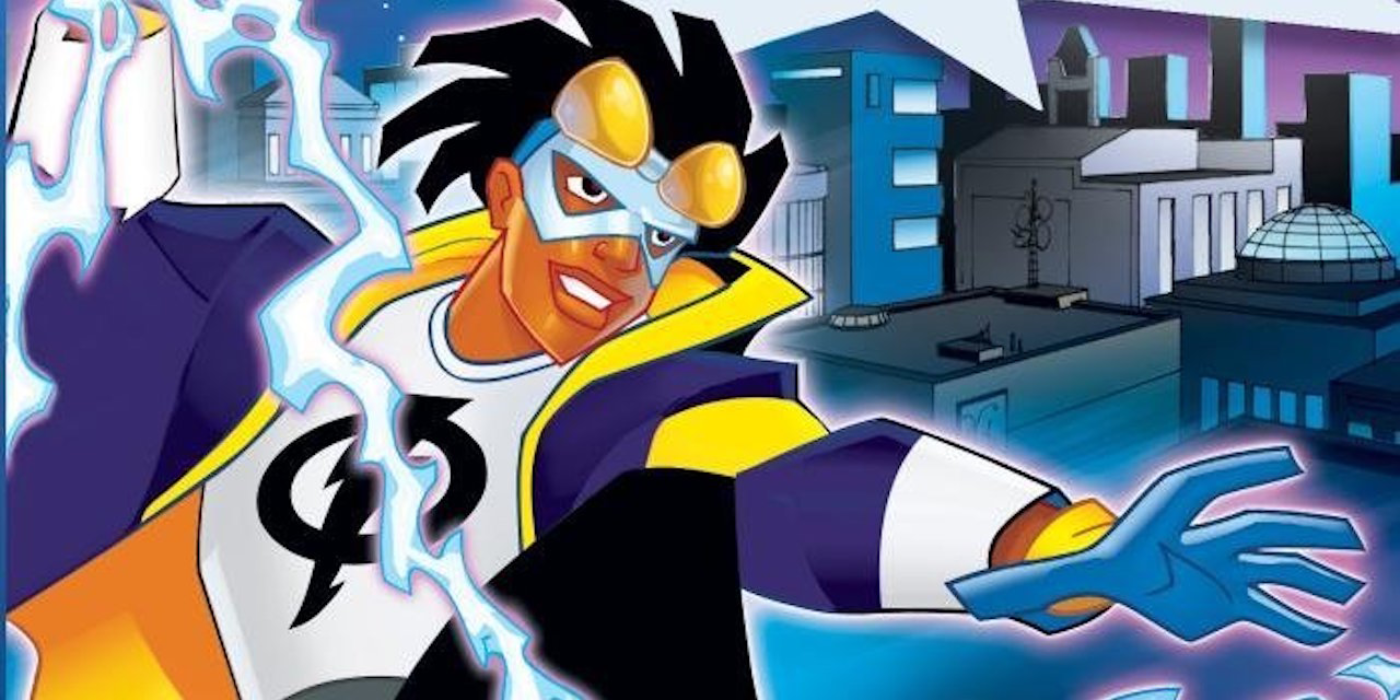
Probably the least contemporary thing I’ll put on here, and with what I consider to be good reason. Static Shock is the black child’s superhero show. That something like this even exists is special in its own right, but my goodness, that it’s done so well is something special all on its own. The show follows the adventures of Virgil Hawkins, as he uses his newly developed powers to protect his hometown of Dakota City. Along the way he’ll encounter other teens with powers just like his, and contends with issues that plague youth of all walks of life. This includes juggling parental expectations, romance, gun violence, homelessness, racism, and more. And yeah, it’s a kid’s show, so it’s all gonna feel like an after school special when these issues come up, but Virgil’s vibrant and caring personality makes it easy to follow along with the subject matter, and brings levity to difficult conversations. Plus, rather than feeling like some one-off superhero show for the sake of appeasing black fans, Virgil’s story connects with other animated series’ of the time such as Justice League and Batman Beyond, to ensure viewers that this boy is slated for some great things with DC’s heroes.
Young Justice:
Marvel, what are you doing? DC is running laps around you on this matter! Young Justice was my jam from the very beginning. I loved the concept of a team built entirely out of sidekicks. Characters like Robin and Kid Flash were some of my favorites on Teen Titans, so when I saw what we were getting here I was very thrilled. Little did I know, we would be seeing one of the most genuinely diverse casts of superheroes to ever be animated! Starting with characters like Aqualad and Rocket, expanding into the vast roster of DC superheroes, we see different characters from different backgrounds making up the entirety of the team. But as a black person, to see a leader like Aqualad rise up by virtue of his integrity and strength, was really powerful. And the show doesn’t stop there. It always seeks to empower its black characters in ways that feel authentic and earned. People give DC crap because of their movies, but when it comes to their animated stuff, they really do it justice. Also, beyond just the diversity component, this is a really good show. It has a fun set of villains, an unfolding plot, and some of the best character arcs western animation has to offer!
The Boondocks (S1 – 3):
Yeah, okay, a lot of animation on here, but that’s what I like, so you just have to deal with it. The Boondocks turned me off big time when I first started watching it. It’s very vulgar, and very unapologetic, and while in a lot of ways, I think some of the comedy hasn’t aged quite as well, the social commentary in the show is evergreen. There’s a level of depth hidden in every episode. Top it off with some top notch sound design and anime-style visuals, and you have the makings of a really good show. Unfortunately, it did fall off in its most recent season, but the number one rule in a streaming society is that we only have to watch the parts we like! Cheers to instant gratification.
Movies:
Dope:
I know Shameik Moore has said some ignorant things over the last few weeks, but if you ask me, that doesn’t change the quality of this movie. It’s a weird one, for sure, but it’s one of the few films I’ve seen that depicts the contemporary black struggle. The challenge with trying to become educated in a world where the odds are stacked against you, and where traditional teen rebellion sets your path of course. It’s all accented with a really good soundtrack and a surprisingly accurate approach to youth, specifically in a high school setting. Also, you’re not gonna catch some slave movie on this list. We’re more than just our history, and we’re telling meaningful stories too.
Get Out:
BRUH, I’m not defending this selection. If you’ve seen this movie, you know why it has to be seen, and if you haven’t seen it, you have to. I’m terrified of horror as a genre. Thrillers are something I typically avoid like the plague. Don’t hit me with the jump scares, my poor heart can’t handle it! But this movie is so masterfully crafted from start to finish. This is a good story without the metaphors and commentary. It’s just a genuinely well told story, but once you get into the weeds and start digging into what the message really is, it becomes clear that Jordan Peele is on track to become a legend. I’ve never felt so heard in my life, watching a movie that directly addresses the racist side of liberalism, targeting the ways in which people excuse themselves from conversations surrounding race, believing that it has nothing to do with them. All the while continuing to benefit from black culture and successes, refusing to be vocal advocates for our prosperity. But to go any further, I think, would be a disservice to the story. You have to check it out yourself. If there’s any one thing you watch as a result of this review, I hope Get Out is the one you pick.
Spider-Man: Into the Spider-verse:
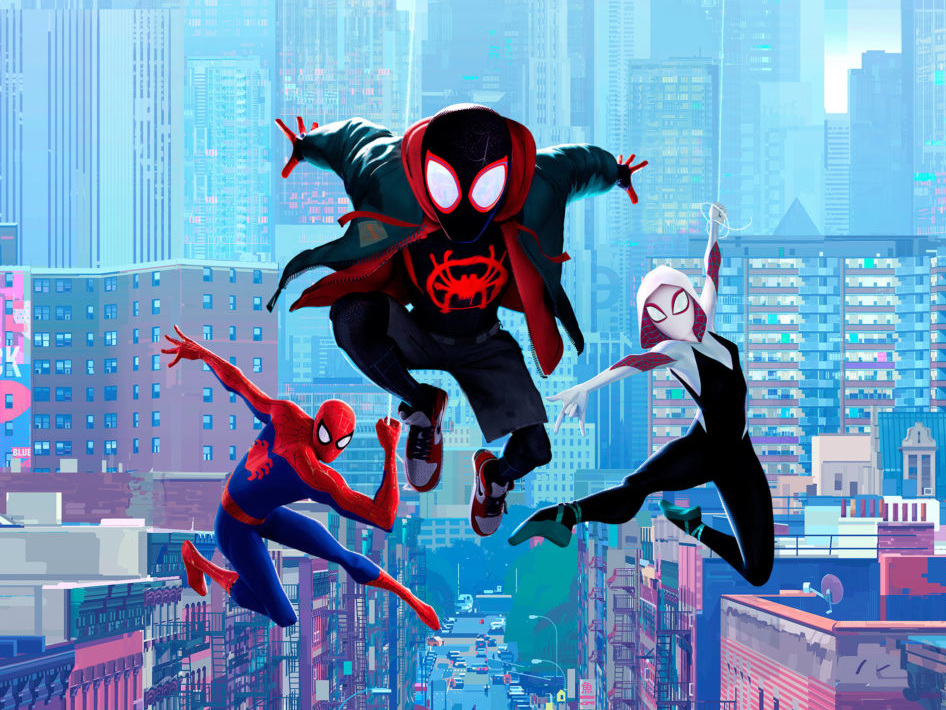
For my final pick, I’m going with what I consider to be one of the best animated movies ever made. I’m a classic Spider-Man fan, so I’ll always prefer Peter Parker to Miles Morales, but the way this movie approaches this young biracial boy’s journey into the spider suit is absolutely magnificent. It never shies away from Miles’s identity, they can’t! It’s part of who he is. But also, what a great story about heroism, and about familial bonds. Everything is so neatly handled, but the visuals are easily the most impressive feat in the film. The blend of classic 90s musical stylings with contemporary hip-hop creates a sense of sound unfamiliar to Spider-Man fans, but it is absolutely welcome. It’s never been more fun to watch the web-slinger in action, but equally as important is the way it tells a story in which everyone can be a hero. The core of this movie is the idea that we can all wear the mask. I’ll cross my arms and shout “Wakanda Forever” with you as much as you want me too, but if you want to watch the definitive black superhero movie, this is it.
Conclusion:
These are obviously not the only black stories. Some people might have noticed the absence of books. As a recent MFA grad, I’ve had to reconcile with my feelings about literature, and how to critique it. It’s less of my wheelhouse, and for that reason, as I develop that skill, I’ll distance myself from doing so publicly. As for the aforementioned works, these are just stories that resonated with me. I want to hear about yours! Tell me about black stories that have helped you, made you feel seen, heard, made you want to write, draw, tell stories of your own. Black excellence is present, it’s visible in so many facets of our lives, and it’s something I’m proud to be able to live every single day. As for my comments about video games, I’m not just gonna sit here and be silent, hoping that the games I want to see get made. I’m committed to diverse games, and I know my team at Feather Fellow Games LLC are supportive of me in that as well. This has just been a fun way to celebrate black art and art about black people during Juneteenth, but there are so many ways we can continue to contribute and help with the current happenings in the world. We can’t turn a blind eye, bury our heads in the sand, exist in complicit and complacent silence. Whatever you can do to help, doing research, calling, writing letters to elected officials. If you need me, reach out. If you’re fighting for justice, I will always fight with you. And if you just need something to read in the mean time, something to take your mind off the world’s issues for just a brief moment, you’re always welcome here. As always, thank you so much for reading, and come back soon for more from the GAME ROOM!!!
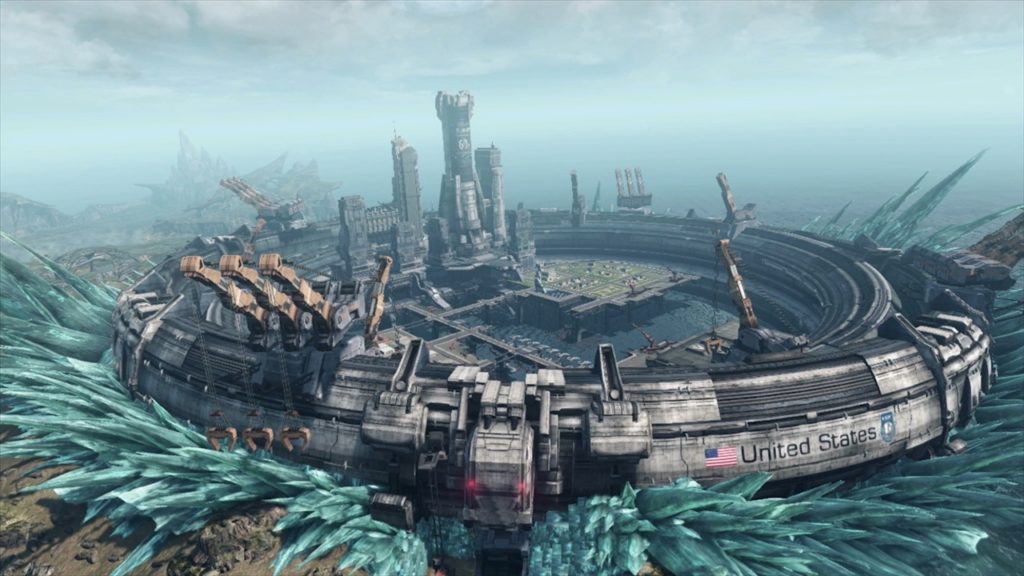 Xenoblade Chronicles X was very different from its predecessor, offering a more linear mission based experience by comparison. The lack of freedom lent itself to a bit of a predictable/formulaic main story. While I realize that the exploration was the big pull of the game (and man, that exploration was incredible) it’s still important that a main story has some twists and turns, and this one was perhaps the best. Really speaking to the quality of the series, the best aspects of a Xenoblade Chronicles story directly change the way the game is played, and turning this game’s hub world of New Los Angeles into a war-torn battleground definitely shifted the landscape of this adventure. From the siren blaring as the Ganglion marched upon the wall, to holding them off at the gates, to battling throughout the commercial district, this experience marks a pivotal turning point for the game. Even the seemingly unshakable presence of Lin is rattled by this attack, and the game never quite recovers from this massive tonal shift. In addition, the sheer fact that this chapter starts off like any other, and is then interrupted by a literal game changing series of events knocks the player off guard in such a way that makes for a much more thrilling experience than any of the previous chapters.
Xenoblade Chronicles X was very different from its predecessor, offering a more linear mission based experience by comparison. The lack of freedom lent itself to a bit of a predictable/formulaic main story. While I realize that the exploration was the big pull of the game (and man, that exploration was incredible) it’s still important that a main story has some twists and turns, and this one was perhaps the best. Really speaking to the quality of the series, the best aspects of a Xenoblade Chronicles story directly change the way the game is played, and turning this game’s hub world of New Los Angeles into a war-torn battleground definitely shifted the landscape of this adventure. From the siren blaring as the Ganglion marched upon the wall, to holding them off at the gates, to battling throughout the commercial district, this experience marks a pivotal turning point for the game. Even the seemingly unshakable presence of Lin is rattled by this attack, and the game never quite recovers from this massive tonal shift. In addition, the sheer fact that this chapter starts off like any other, and is then interrupted by a literal game changing series of events knocks the player off guard in such a way that makes for a much more thrilling experience than any of the previous chapters.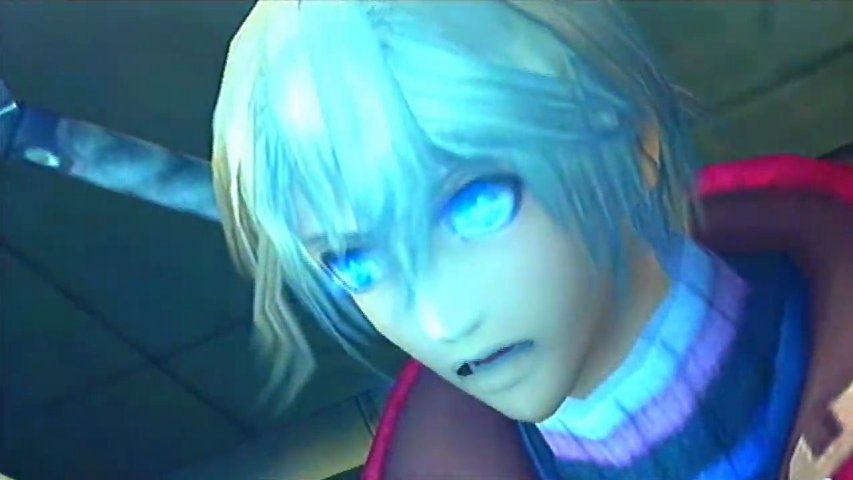 find even the slightest glimmer of hope in this moment is as close to impossible as it gets. Zanza has won, Meyneth and Egil are dead, and Shulk isn’t moving. Not that it would really matter if he were, because the Monado is now in the possession of the enemy. Nobody is able to defeat Dickson and his Telethia, and with the Monado in Fiora’s chest gone, her life is about to be cut short as well. Everything is as dire as can be, and at this point, there’s seemingly no turnaround. We get to witness Shulk struggle with this from the depths of his consciousness, and then, in the most crucial moment, he returns, easily executing two very large telethia with just two quick swings of his sword. His sword. A replica of the Monado. A power that no longer belongs to the gods, the homs, or the Mechon, but Shulk alone. Then this character, who throughout the entire game has been calm, collected, focused, breaks for just a second. He looks upon Dickson as he flies away and they have this exchange of lines. “We’ll be waiting on our best behavior.” “And we will be the best guests you’ve ever had.” Shulk says that unblinking and unmoving. His posture like a stone. It’s powerful and effective. There’s something about seeing our main character speak with confidence for the first time since these events occurred that really speaks to a larger idea here. We’re about to see a big conclusion, and Shulk couldn’t be more confident.
find even the slightest glimmer of hope in this moment is as close to impossible as it gets. Zanza has won, Meyneth and Egil are dead, and Shulk isn’t moving. Not that it would really matter if he were, because the Monado is now in the possession of the enemy. Nobody is able to defeat Dickson and his Telethia, and with the Monado in Fiora’s chest gone, her life is about to be cut short as well. Everything is as dire as can be, and at this point, there’s seemingly no turnaround. We get to witness Shulk struggle with this from the depths of his consciousness, and then, in the most crucial moment, he returns, easily executing two very large telethia with just two quick swings of his sword. His sword. A replica of the Monado. A power that no longer belongs to the gods, the homs, or the Mechon, but Shulk alone. Then this character, who throughout the entire game has been calm, collected, focused, breaks for just a second. He looks upon Dickson as he flies away and they have this exchange of lines. “We’ll be waiting on our best behavior.” “And we will be the best guests you’ve ever had.” Shulk says that unblinking and unmoving. His posture like a stone. It’s powerful and effective. There’s something about seeing our main character speak with confidence for the first time since these events occurred that really speaks to a larger idea here. We’re about to see a big conclusion, and Shulk couldn’t be more confident.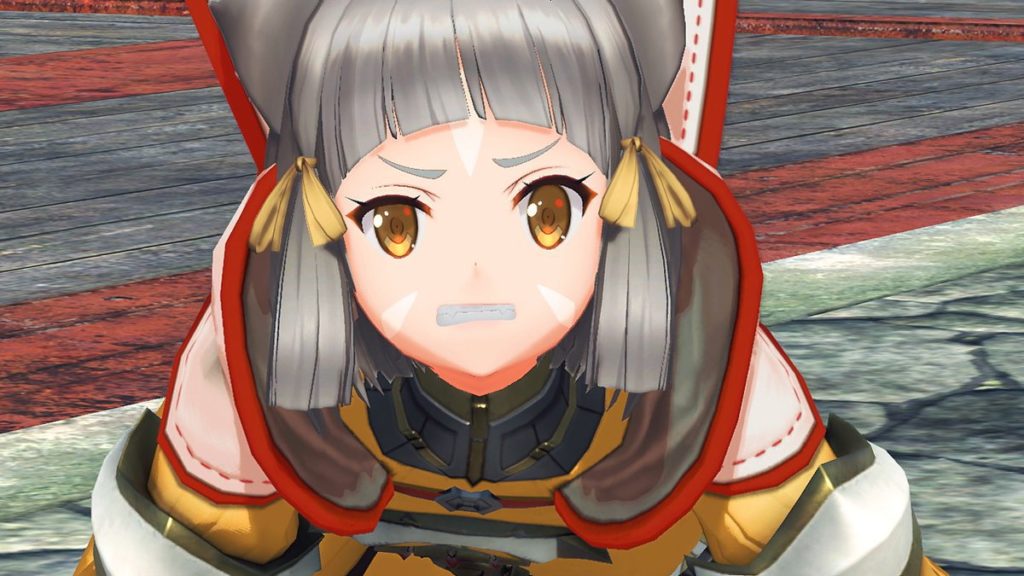
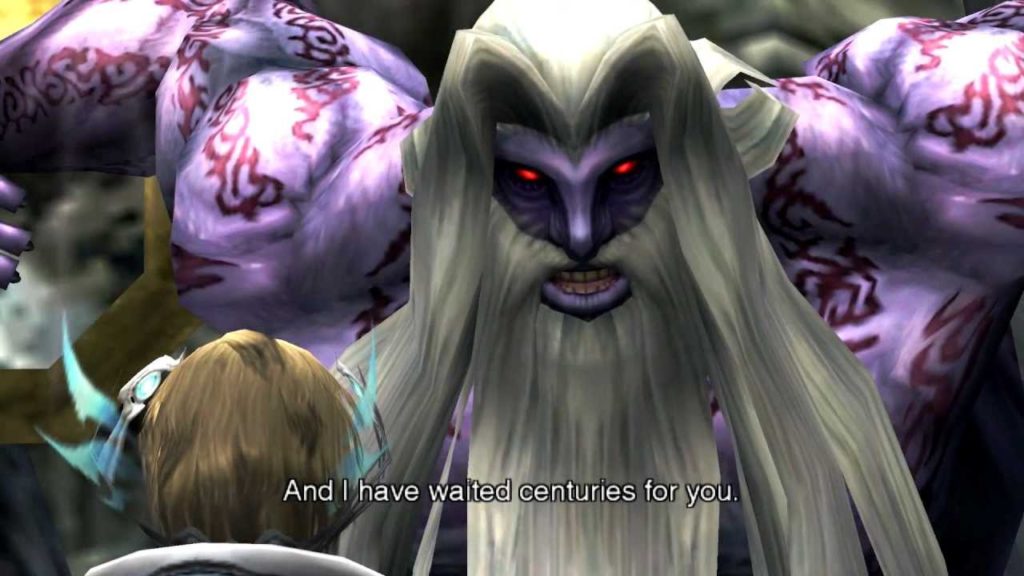

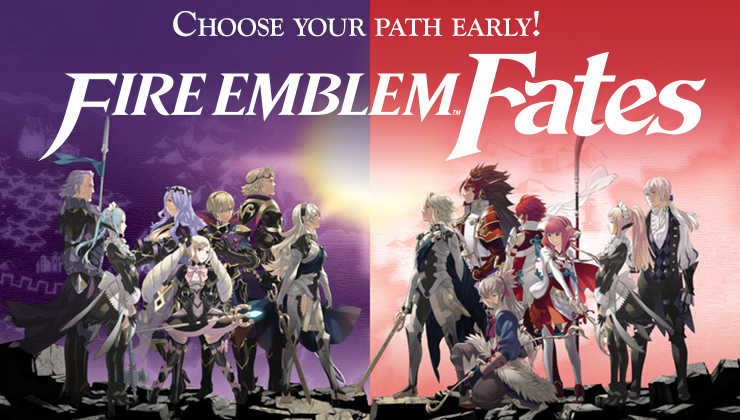
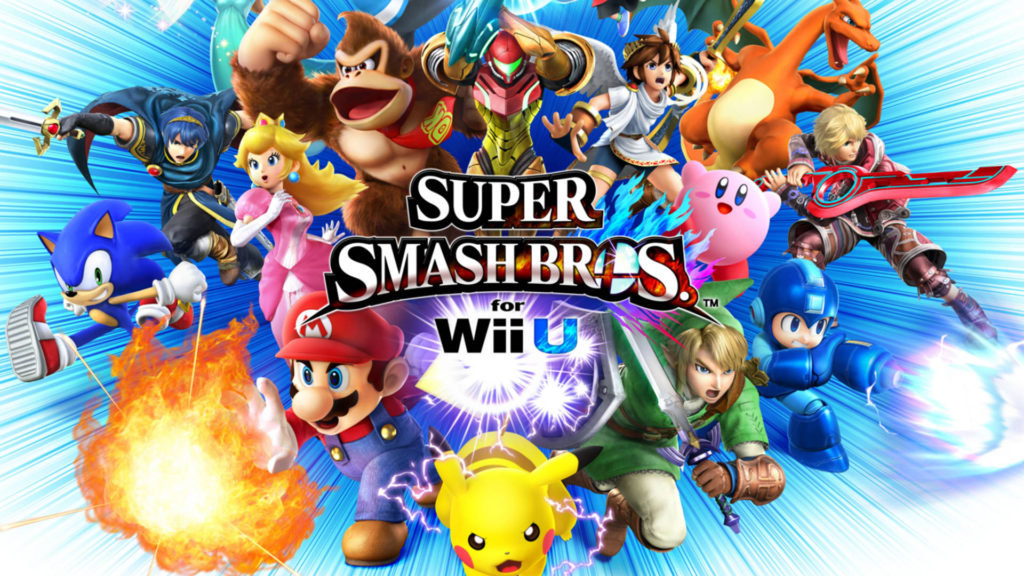
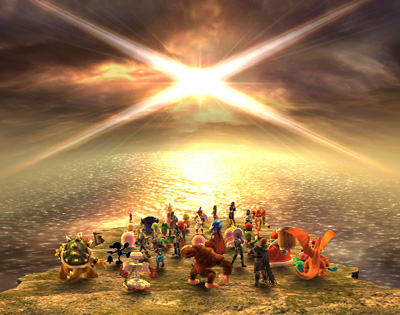
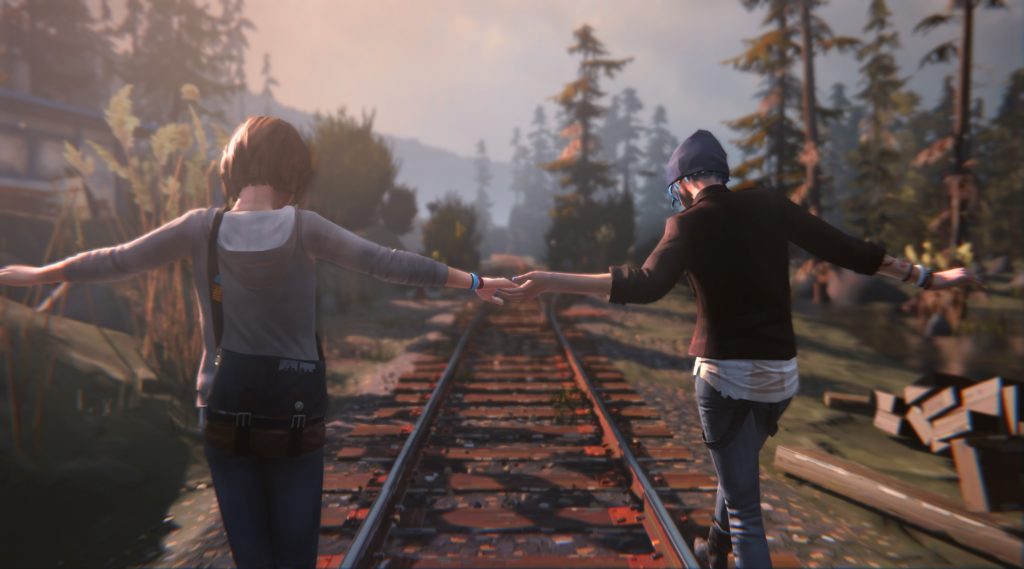 Don’t get me wrong, morality games are nothing new between the likes of
Don’t get me wrong, morality games are nothing new between the likes of 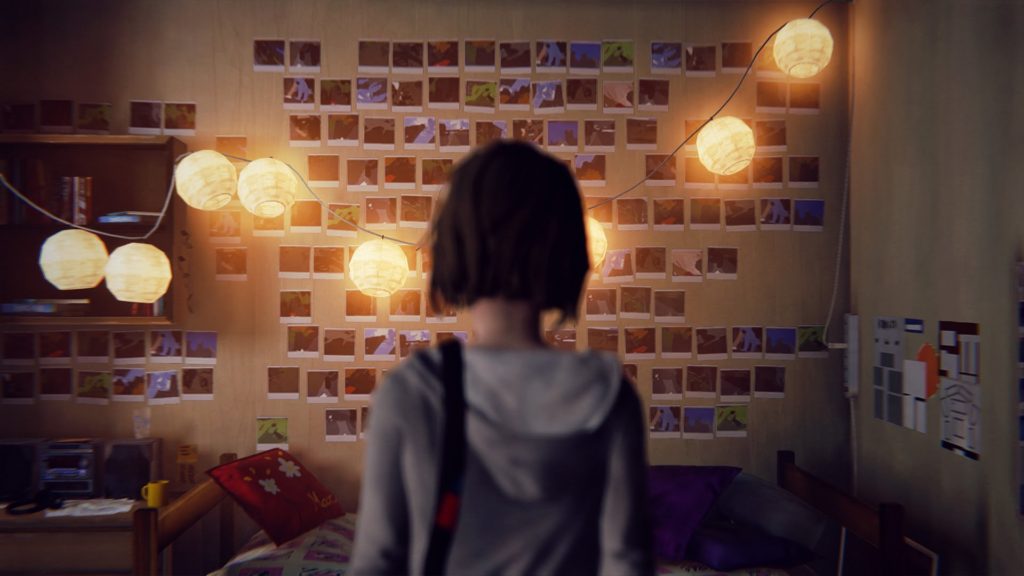 y, simply due to how the storyline was structured. Those who value the past, and look to it to make decisions would understand that by the time the final situation comes along, Chloe Price has had her full character arc. She has grown and changed, and in the end, she not only accepts her fate but welcomes it.
y, simply due to how the storyline was structured. Those who value the past, and look to it to make decisions would understand that by the time the final situation comes along, Chloe Price has had her full character arc. She has grown and changed, and in the end, she not only accepts her fate but welcomes it.